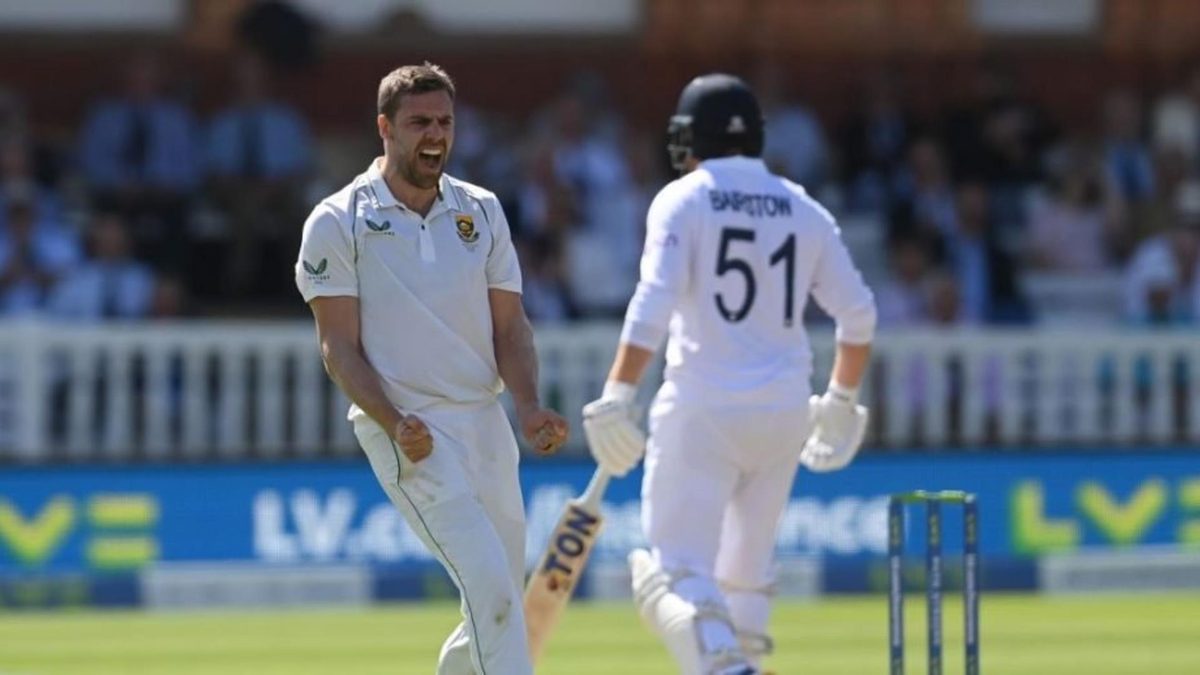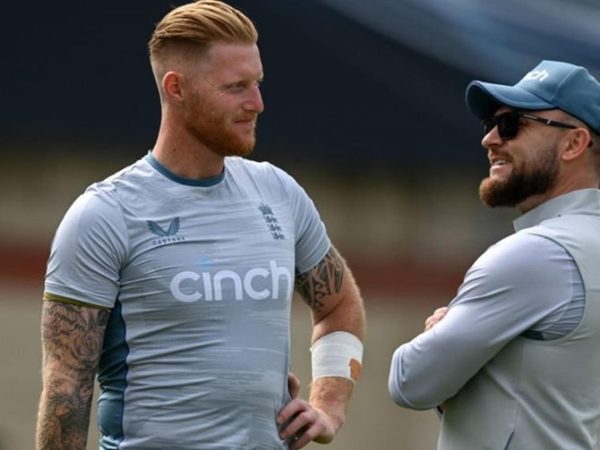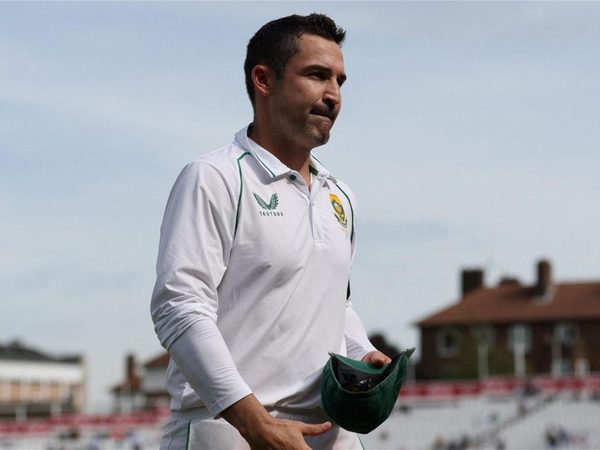
English cricket is never far away from a chat about The Schedule, but it’s simplistic to blame it for their Lord’s defeat, writes Yas Rana.
An innings defeat at Lord’s, one that followed four back-to-back wins, has prompted familiar questions about the schedule, specifically the amount of red-ball match preparation that’s afforded to England’s Test stars.
It’s a fair point to make. England went into the Lord’s Test with scant match practice behind them. The most recent round of the County Championship finished on July 28, a full 20 days before the first ball was delivered at Lord’s. Five of the England XI hadn’t played a first-class game since England’s most recent Test, against India at Edgbaston, six weeks before the first South Africa Test.
Matt Potts, so impressive earlier in the summer after bowling 233.5 County Championship overs in the lead up to the New Zealand series was expensive against South Africa, after only bowling 33 overs with the red ball in the preceding six weeks. It’s not just those in the side affected by the lack of first-class cricket, either. Harry Brook’s only taste of red-ball match action in the last month was for England Lions against South Africa while Craig Overton hasn’t bowled in a first-class match for nearly a month. Outside the 14-man squad, there’s no chance for anyone to press a case for selection until the next round of County Championship fixtures, which ends on the first day of the third and final Test of the South Africa series. It is not ideal.
But it is also the new normal and a pattern that is repeated pretty much everywhere around the world.
Keegan Petersen is the only member of the South Africa side to dismantle England at Lord’s who has played a first-class game since April. Anrich Nortje, taker of six of the 14 England top-seven wickets to fall in the first Test, hadn’t played a first-class game since June 2021 before his six-wicket match haul at Lord’s. Notably, none of South Africa’s frontline pacers played in that pre-series England Lions game, with South Africa preferring not to overburden their prime quicks.
A quick peak at the world rankings also gives a sense of how rare it is for top Test cricketers to play domestic first-class cricket. Of the top five ranked bowlers in the world, Pat Cummins last played a domestic first-class game in February 2021, Ravichandran Ashwin in July 2021, Rabada in March 2021, Jasprit Bumrah in January 2017 and before his stint with Middlesex earlier this summer, Shaheen Afridi went nearly two years without a non-Test first-class fixture.
There’s a similar pattern among the world’s top ranked batters. Aside from Joe Root and Marnus Labuschagne, who have played in this year’s County Championship, Babar Azam last played a domestic first-class fixture in December 2019, Steve Smith in February last year and Rishabh Pant in December 2017. Regular first-class cricket is clearly not a necessity for the world’s top players. Even someone like Daryl Mitchell, who before this summer only had one Test hundred to his name, hasn’t played a domestic first-class game since July 2021.
Other countries also cope just fine without their domestic first-class competitions running in concurrence with their home Test series. And the flipside of having the County Championship run alongside the Test summer is that it would deprive England’s Test stars from getting some extra red-ball time under their belts.
Last winter, Australia’s obliteration of England in the Ashes was in part marked by the contributions of a pair parachuted in mid-series – Scott Boland and Usman Khawaja. Boland played just one first-class match in the eight weeks before his now famous MCG debut, while Khawaja had a solitary first-class outing under his belt in the six weeks before his SCG return. While the Ashes took place, not a single ball was bowled in the Sheffield Shield. The need for players to be able to summon instant match readiness is part and parcel of the modern game, and one look at the recently released Future Tours Programme will tell you that that’s not changing any time soon either.
If anything, from a global point of view, we should count ourselves lucky that the County Championship sees as much of England’s first team Test regulars as it does. The schedule is clearly not perfect – Middlesex playing just eight days of cricket from July 28 to September 12 is borderline farcical – but is it to blame for England’s shortcomings in the Test arena? Given the amount of first-class cricket England’s opponents play, probably not.








